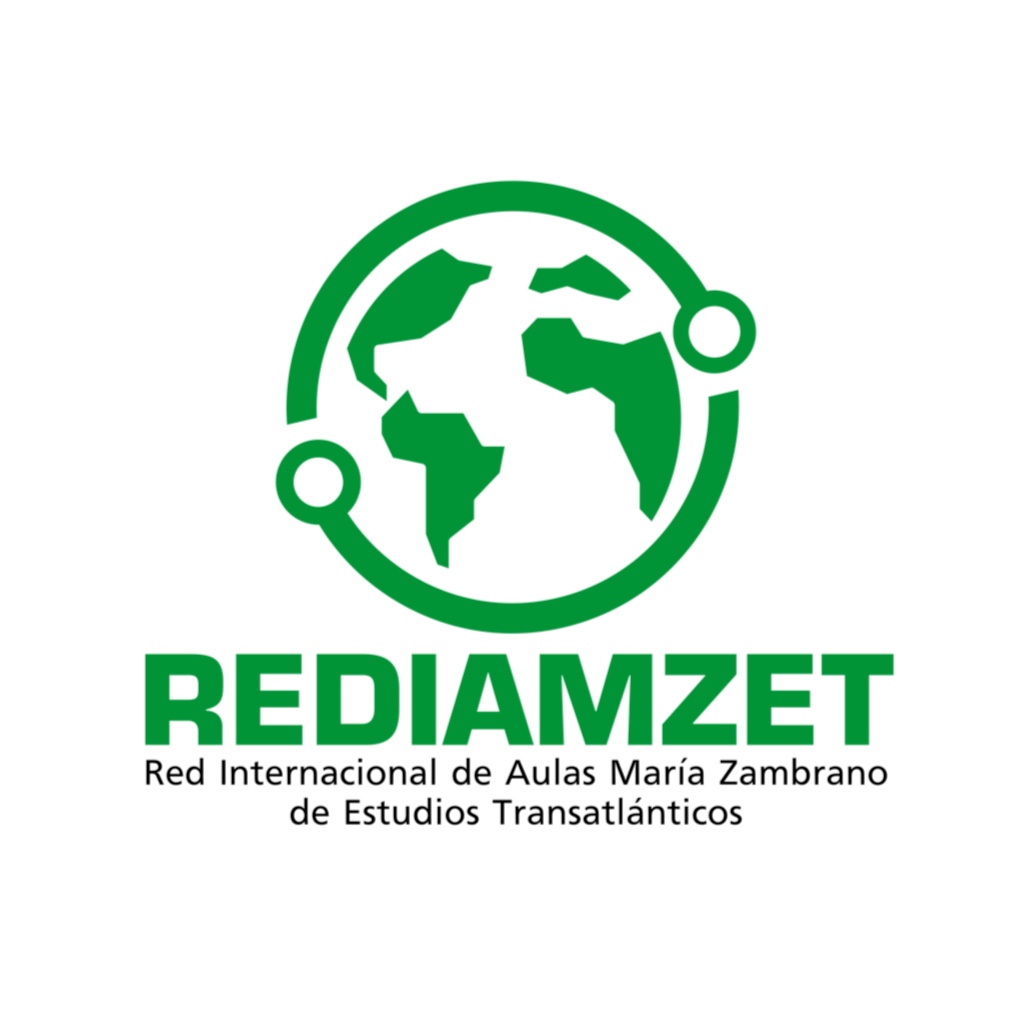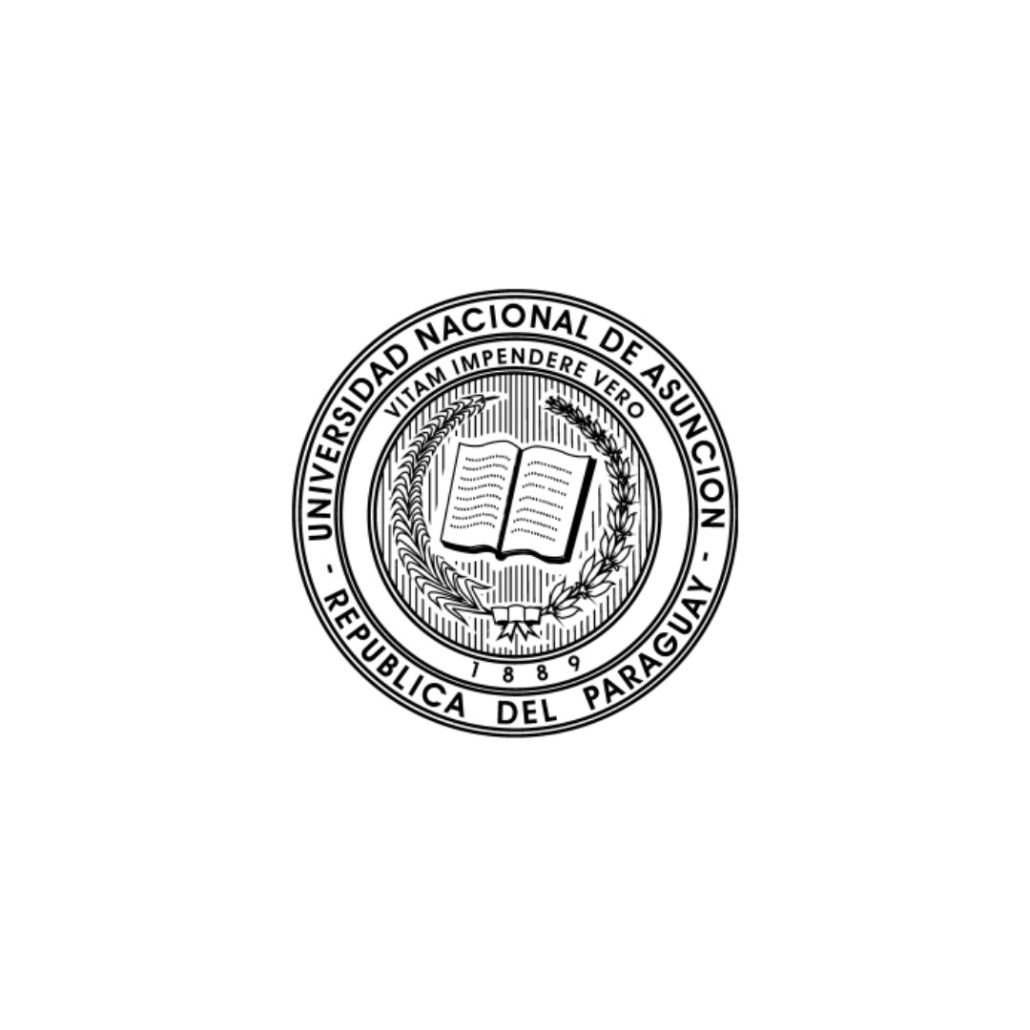The hispanic power and the triangulation among Spain, the United States and Latin America
Keywords:
Hispanics, triangulation, USA, Spain, Latin America, Ibero-AmericaAbstract
The rise of Hispanic communities in the United States is a phenomenon of continuous growth with a quantifiable impact on the different spheres of American society. Since the last census registered in 2010, the whole of this heterogeneous population — formed by different places of origin, generations, social status and professional associations, among others — amounts to more than 50 million which represents 17 % of the total population. As well as one in six Americans and one in four children are data that show the young character of this community, according to the Pew Research Center. In this sense, the increase of participation and political representation in the elections of the United States and the inclusion of policies addressed to these communities as a result of the determination of their voters in the electoral results, justifies speaking of the Latino power in the United States, and in particular the Hispanic-American power, which is born with its own identity. The presence of these Hispanic communities, with linguistic, historical and cultural links with Spain, could favor the approach to the still world’s leading power and represents a window of opportunity for the Spanish foreign policy as a medium power within the EU. Even a transatlantic strategy could improve the triangulation between Spain, the United States and Latin America; and help establish a quadrangular relationship in which the European Union has a place.
Downloads
Metrics
References
Arenal, C. (2011): «La triangulación España-Unión Europea-América Latina. Sinergias y contradicciones», en Pensamiento Iberoamericano, n.o 8.
Beneyto, J. M., y Pereira, J. C. (dirs.) (2011): Política exterior española. Un balance de futuro. Madrid: Instituto Universitario de Estudios Europeos CEU/Siglo XXI,
pp. 245-246.
Cassinello, E. (2004): «España y los hispanos: un proyecto estratégico», en Documento de Trabajo, n.o 63, 28 de diciembre. Real Instituto Elcano.
Crespo, C. (2016): La alianza americana. La estrategia antiterrorista española y las relaciones hispano-norteamericanas (1996-2004). Madrid: Catarata.
Informe Relaciones Bilaterales. Secretaría de Estado y Comercio. Ministerio de Cultura (2017).
Montes-Alcalá, C. (2009): «Hispanics in the United States.
More than Spanglish», en Camino Real. Estudios de las Hispanidades Norteamericanas. Alcalá de Henares: Universidad de Alcalá, 1:0, pp. 97-115.
«Remarks Prior to Discussions with President Jose Aznar of Spain and an Exchange With Reporters». Administration of William J. Clinton, 30 de abril de 1997. US Government Printing Office. Web (última consulta el 2 de abril de 2012).
Rupérez, J. (2011): Memoria de Washington. Embajador de España en la capital del imperio. Madrid: La Esfera de los Libros.
«The Hispanic Population: 2010. Census Briefs». Census Data. United States Census Bureau. https://www.census.gov/library/publications/2011/dec/c2010br-04. html (última consulta el 28 de marzo de 2012).
«Yo decido. Why Latino voters will pick the next President», en Time, 5 de marzo de 2012, vol. 179, n.o 9.
Downloads
Published
How to Cite
Issue
Section
License
Copyright (c) 2024 TSN. Transatlantic Studies Network

This work is licensed under a Creative Commons Attribution-NonCommercial-ShareAlike 4.0 International License.























